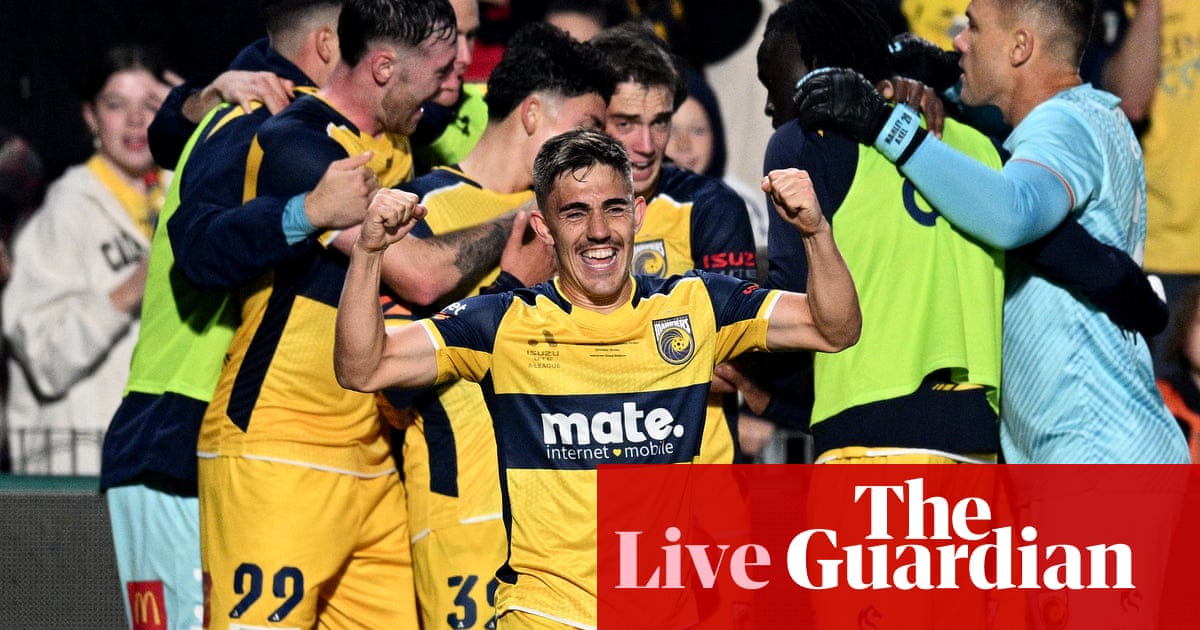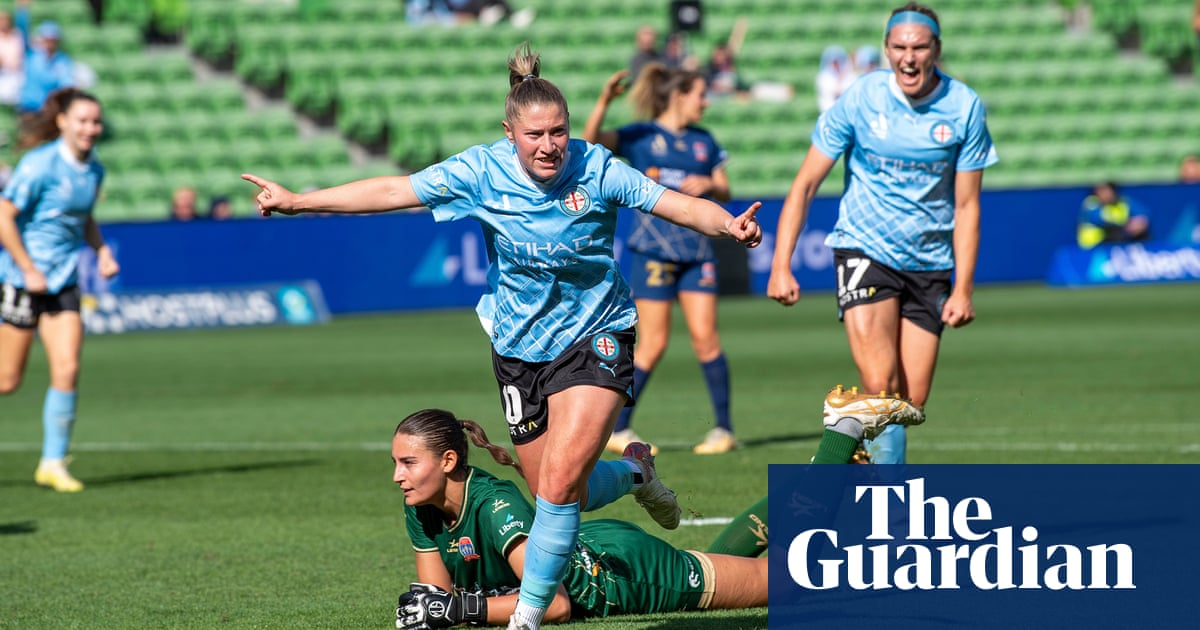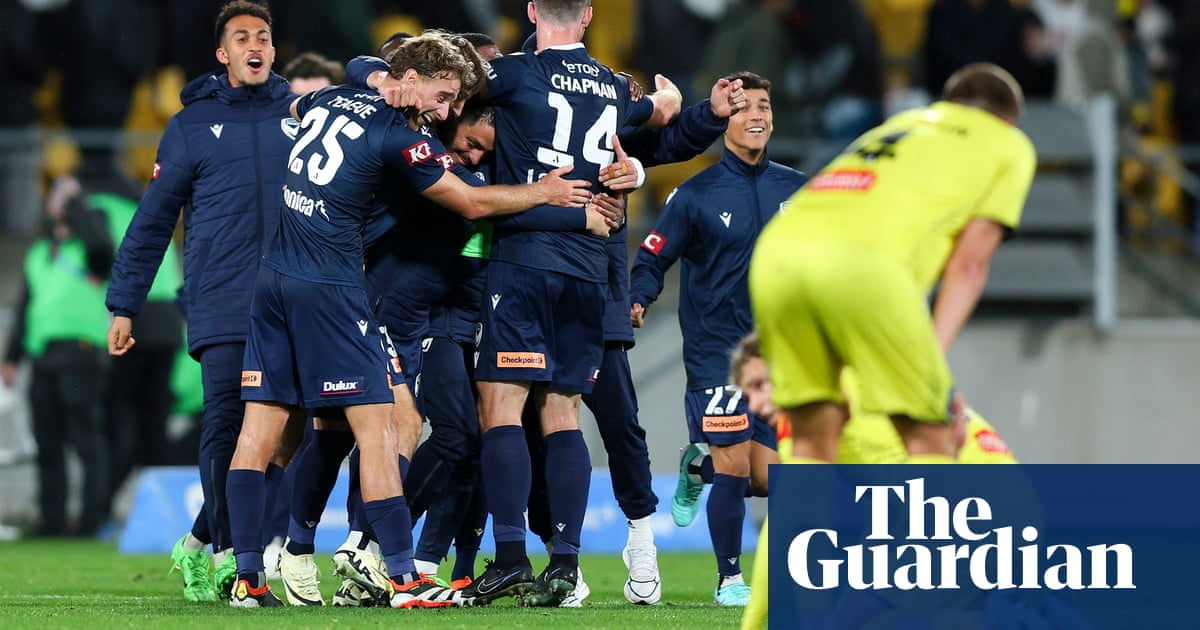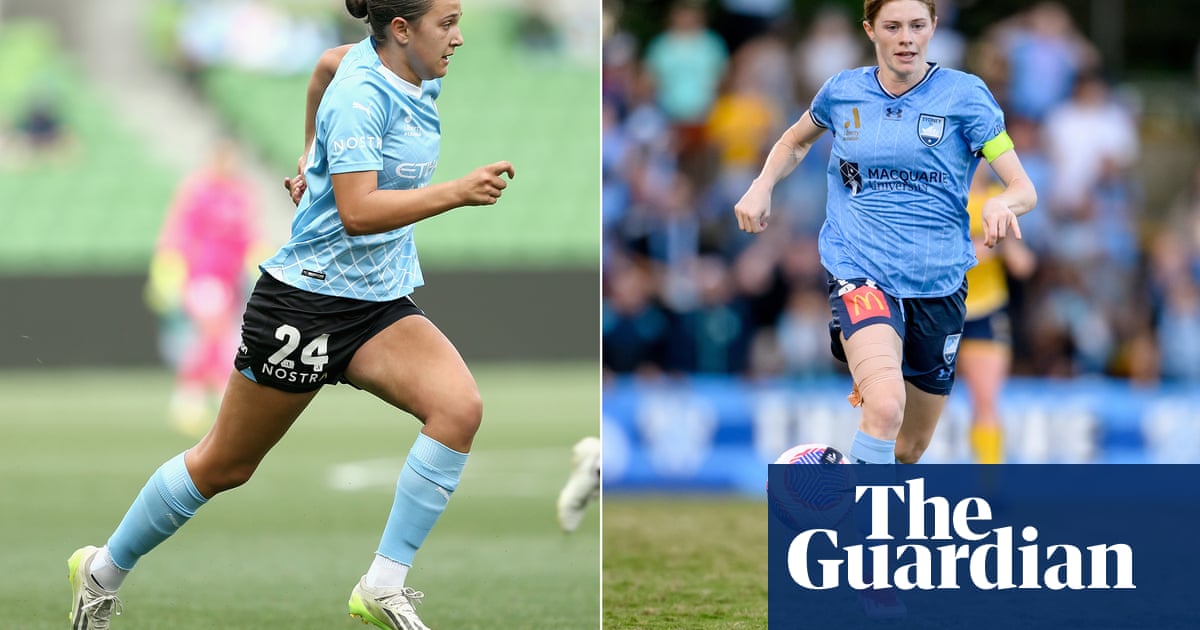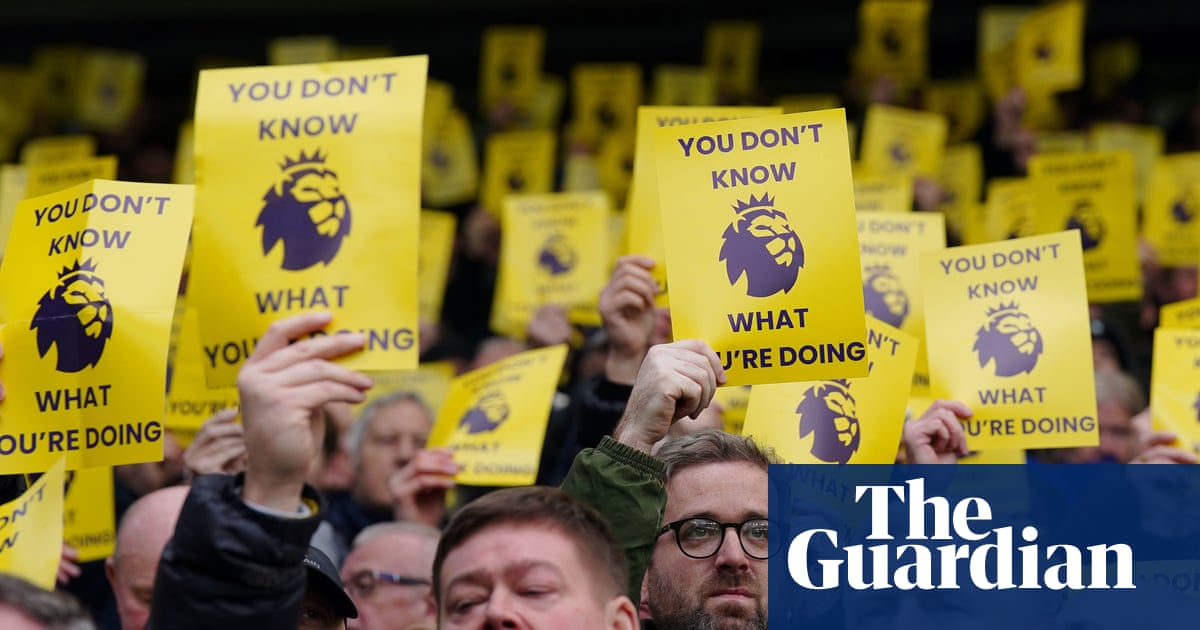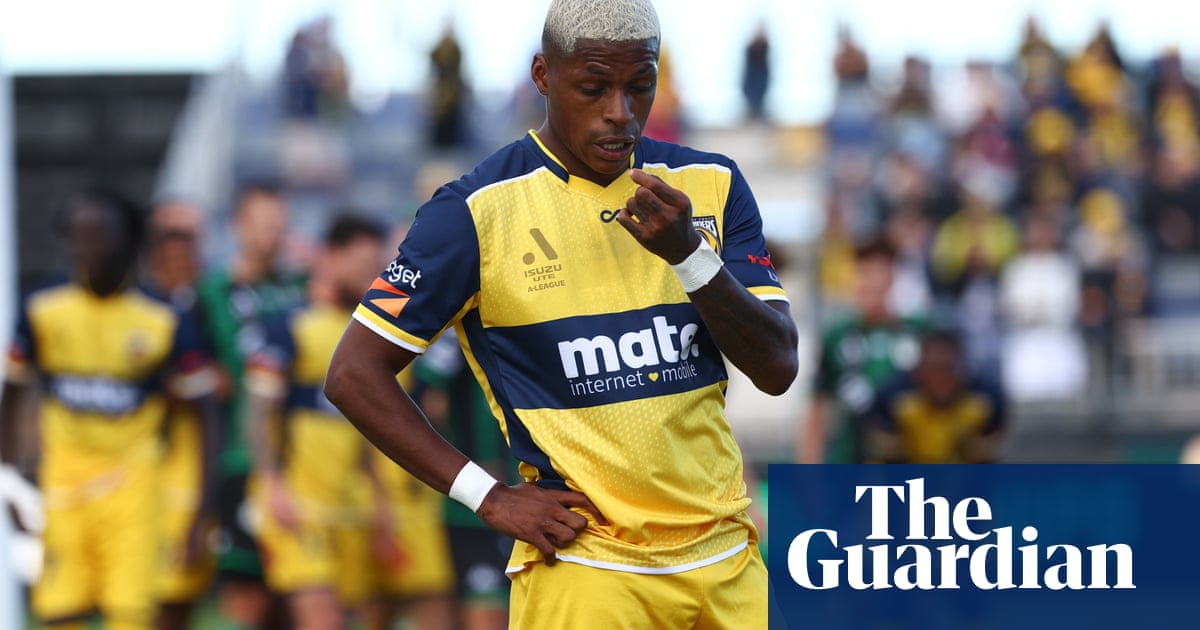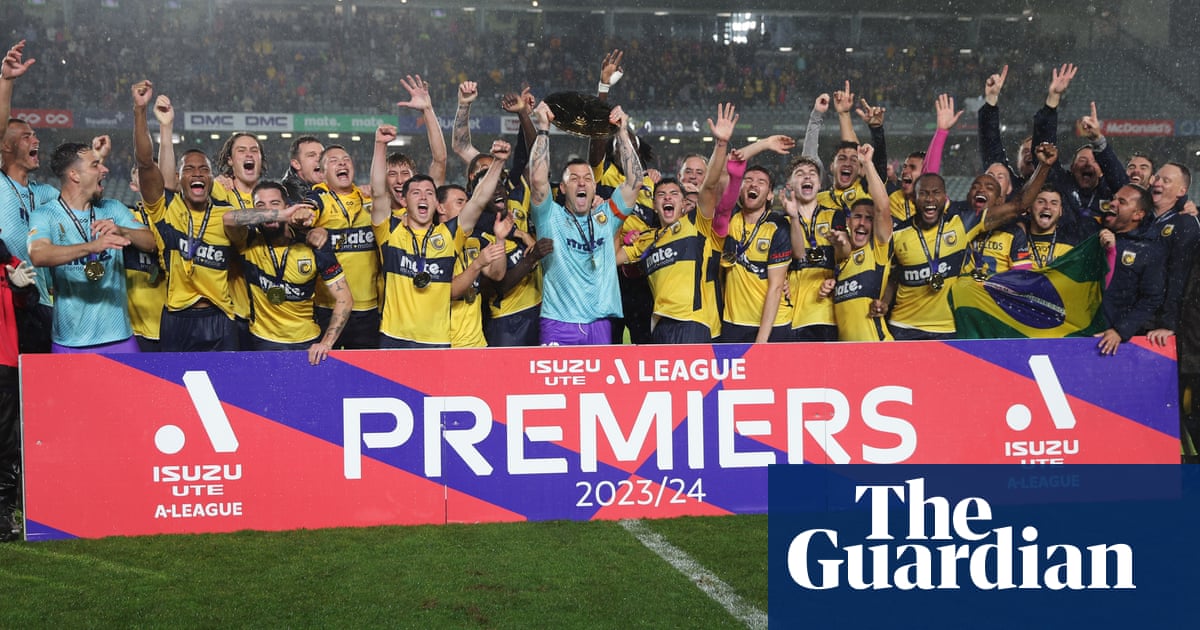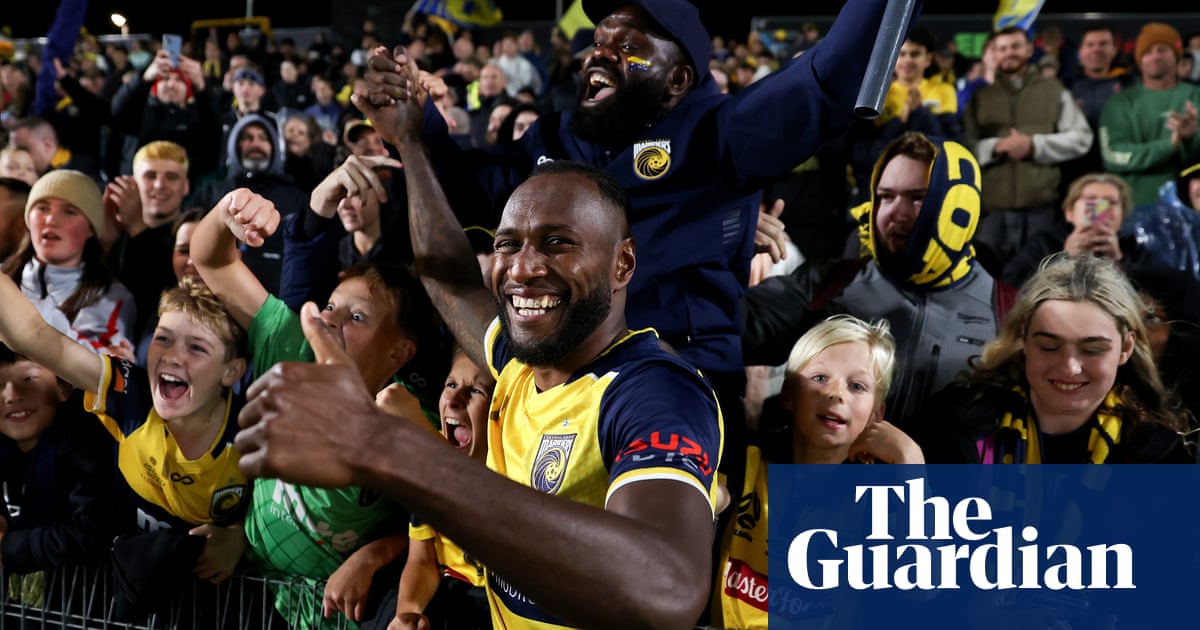
More than a decade on and Caxton Street still reverberates from the noise of “Orange Sunday” – all three of them – during Brisbane Roar’s era of A-League domination. In Adelaide, people are still captured by the perfect autumn day in 2016 when the city was enveloped in a sea of red as Adelaide United clinched their maiden A-League Men championship.
Elsewhere, fans in Melbourne, Sydney, Newcastle and Perth, results notwithstanding, have also experienced the thrill of the A-Leagues’ showpiece event arriving in their city.
Now it’s Gosford’s turn. The league’s smallest club and smallest market hosting their biggest event might challenge everything we think we know about what a grand final should be, but it offers a purity that money can’t buy.
While forecast wet weather might mean we miss out on the postcard-perfect portraits of the palm-tree lined stadium kissed up against the blue waters of the Brisbane River, nothing can dampen the spirit of the locals this week.
“You would still think I was the coach of the team because everybody’s wanting to know if we’re going to win, and everybody’s talking about it,” former Mariners coach Lawrie McKinna, who still lives on the Central Coast, told Guardian Australia. “There’s a nice buzz about the place, the yellow and blue [decorations] have started, and it’s something they can be proud of because the Mariners certainly put Central Coast on the map.”
McKinna added that when the Mariners first entered the A-League few people knew where the Central Coast even was. Now, for this weekend at least, all roads lead to Gosford.
Even before a ball is kicked there is evidence of the benefit it will have on the local economy, with accommodation in Gosford all booked out. Meanwhile, pubs, cafes and eateries across the city are expecting a boom weekend. As a former mayor of the city, McKinna knows only too well the impact that will have.
“The exposure for the Central Coast as a region, and this is me putting my mayor’s hat on, is going to be huge,” McKinna says. “For overseas people [watching], for tourism … the fact is there’s probably going to be 3000-4000 Victory fans, and that’s just going to be great for the region.
“The main thing for me is it lifts the profile of the area from a tourism point of view, because tourism is one of the biggest services on the Coast. I think it’s going to be huge exposure.”
From a pure football perspective, as Central Coast chase an unprecedented treble having already secured the A-League Men premiership and AFC Cup, that home ground advantage could be significant.
While the AFL and NRL have their single traditional host city and venue, the travelling road show is one of Australian football’s great traditions, pre-dating the A-League back to the era of the National Soccer League. Just ask Perth Glory or Brisbane Strikers fans.
For all the faults of the A-Leagues, the meritocracy of deciding grand final hosting rights has always been one of its most unique selling points, setting it apart from other sporting codes. It is what made the Australian Professional Leagues’ decision to sell those rights to Sydney in a deal with the New South Wales government, in a desperate attempt to raise funds for the cash-strapped league, so disheartening. Those scenes in Brisbane or Adelaide or Newcastle or Perth would no longer be repeated.
While the league had to suffer through significant tumult to get there, thankfully common sense prevailed and the decision was ultimately reversed for this season, allowing for the highest-ranked club to once again earn hosting rights. It’s somewhat ironic that in the first season post-reversal the decider will still be held in NSW, but this Saturday night in Gosford will be one set against a backdrop of romanticism rather than remonstration. It also, hopefully, marks a turning of the tide when it comes to decision making in Australian football.
This isn’t the first time Central Coast have won hosting rights for the grand final, but back in 2008, in what was still a boom period for the fledgling league, the decision was made to move the game to Sydney. The grandeur of the occasion, so the logic went, demanded a bigger stadium. The Mariners lost that day in front of more than 36,000 fans.
While those decisions were made when the A-Leagues were under the control of Football Australia, they spoke of a sport in Australia that put commercial considerations ahead of football ones; an attitude that was only amplified when APL took control.
After a chastening 18 months following that fateful grand final decision, the APL’s new leadership of Nick Garcia and Stephen Conroy now claim that football considerations, rather than commercial ones, will be at the heart of their decision-making moving forward. The commitment to reward Central Coast with hosting rights, rather than again move the game to Sydney, is perhaps the first tangible evidence of that pivot from APL.
And so this Saturday, the normally quiet streets of Gosford will be bursting at the seams as the Mariners faithful, and Melbourne Victory fans in their thousands, some from as far away as London, descend on Industree Group Stadium for what is hopefully a thrilling conclusion to this A-Leagues season.
While it won’t be the biggest grand final ever staged, in fact outside of the Covid years it will be the smallest-ever crowd for an A-League Men grand final, it has one key ingredient the league desperately needs as it looks to navigate another defining off-season: authenticity.
For a league often accused of knowing the cost of everything and the value of nothing, that is priceless.




